A seasonal produce guide for the month of December, with tips on how to choose, store and prepare each ingredient! Plus, multiple recipes included for all 8 produce items!
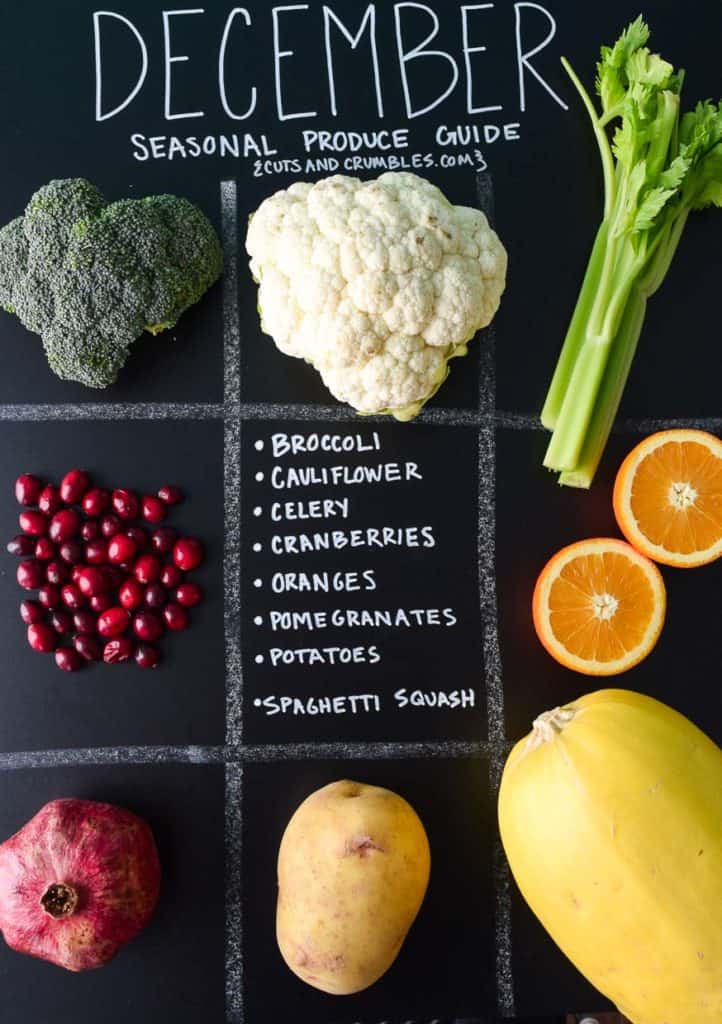
Happy Christmas month!! We have made it to our last seasonal produce guide of the year and it's going to be the BEST one yet! (Mostly because there's potatoes....)
These monthly seasonal produce guides are designed to help you determine exactly what foods are currently in season, how to choose them and store them, as well as give you some great recipe ideas from fellow food bloggers that incorporate these seasonal finds! There's no need to wait until summer to load up on fresh fruits and veggies, you can totally enjoy them right now!
Eating seasonally will help you save money while increasing the amount of flavor and nutrients you are obtaining from your food. So let's dig into our December Seasonal Produce Guide!
Broccoli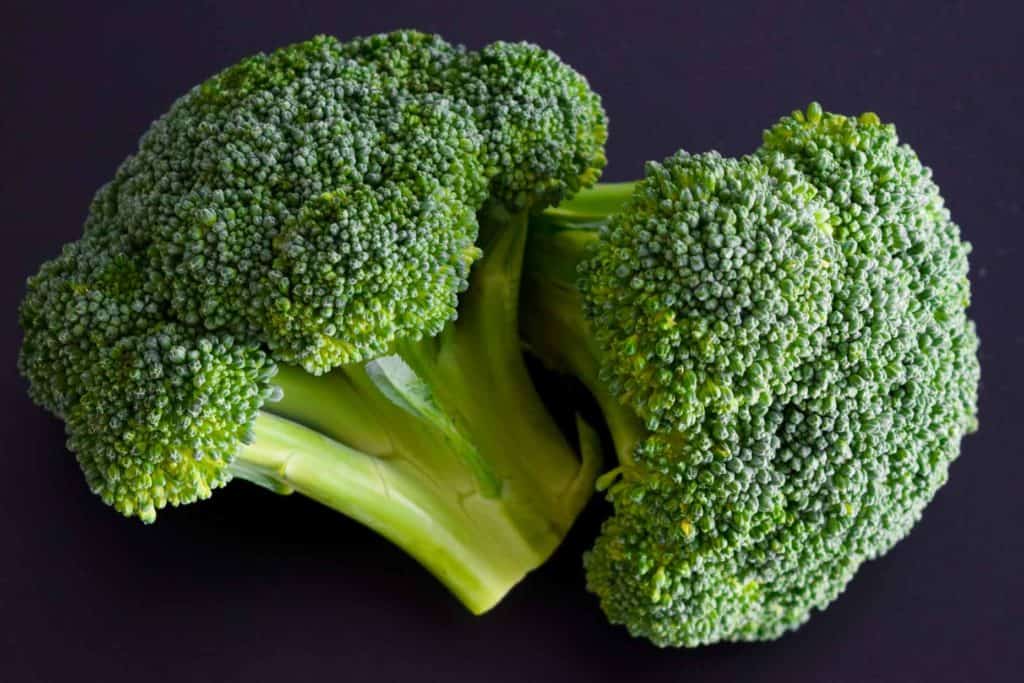
When is broccoli not in season?! Good question, because broccoli is available year round but is actually in its peak from October-April. In my house, it's always broccoli and brussels sprouts season and we love roasting both and serving them with a good steak or chicken for a quick and healthy weeknight diner!
- How to choose it:
- The broccoli should be an even, dark green color with tight florets and firm stalks. The more compact the clusters of florets are, the fresher the broccoli is! The older it gets, the more it will start to spread out and the more the florets will begin to yellow. (Older, yellowed florets will work well in soups or stocks.)
- The cut ends of the stalk should look fresh and not dried out.
- Choose broccoli that looks heavy for its size.
- How to store it:
- You can mist the heads of the broccoli, but do not wash it (too much moisture may cause molding.)
- You can wrap the broccoli in a damp paper towel, but you don’t want to store it in a plastic bag because broccoli needs proper air circulation.
- Store the broccoli in the refrigerator and eat within 3-5 days.
- How to prepare it:
Cauliflower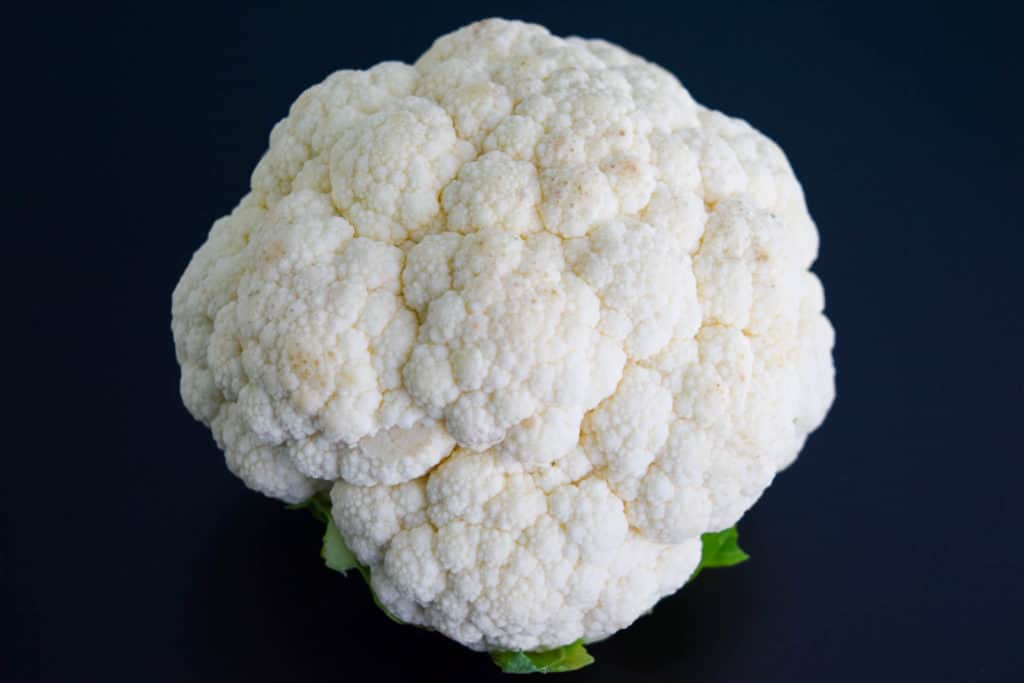
I always consider cauliflower to be broccoli's kind-of-boring, why do you follow me everywhere? little sibling. But you can't turn broccoli into fake mashed potatoes (that I know of!) so at least cauliflower has that going for it!
- How to choose it:
- Choose cauliflower heads that are clean, firm, compact and white or off white in color. Avoid cauliflower that is browned, soft, or has any dark spots.
- Choose a cauliflower head that feels heavy for its size.
- The leaves of the cauliflower should be green and crisp with no signs of yellowing or wilting. Leaves growing within the cauliflower head is fine, just remove them before cooking.
- There should be no smell. If it has a strong odor, it is likely past its prime and will have an unpleasant taste.
- Check the stem to ensure it looks freshly cut and is in good shape.
- How to store it:
- Unwrap your cauliflower from the store packaged plastic wrap, wrap in a paper towel, then transfer to a loosely sealed bag. Store in your refrigerator crisper drawer, stem side up, for 4-7 days.
- Pre-cut florets should be used within 4 days.
- Do not wash the cauliflower until you are ready to use it.
- How to prepare it:
Celery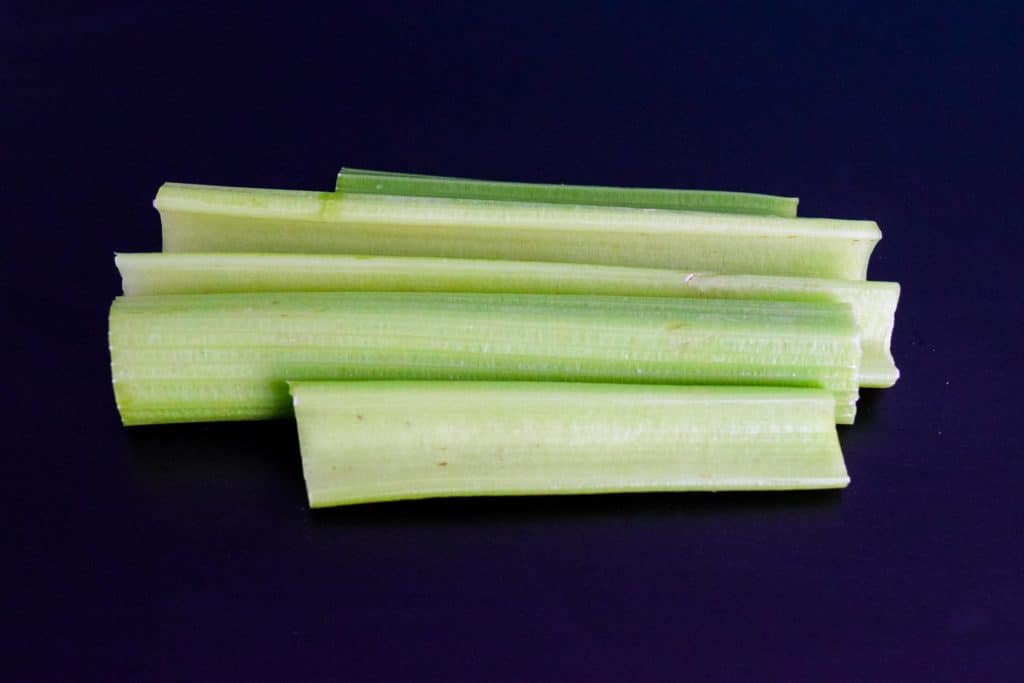
I despise celery. Truly. Unless it's loaded with peanut butter, chopped into stuffing, or served alongside chicken wings, I want nothing to do with it. I'm really not sure who decided this is actually an edible food rather than an unwanted weed but whoever it was should have to answer to their poor decisions. #celeryrantover
- How to choose it:
- Choose celery with tightly packed, firm stalks that are bright yet pale green in color. The ribs should be a medium thickness and crisp enough to break easily.
- Avoid any celery that is wilted, discolored or spotted.
- The cut ends of the celery may appear dry which is fine, but make sure they are not browned, shriveled or soft.
- Avoid celery with leaves that yellowed or browned.
- How to store it:
- Store in a breathable plastic bag in the produce drawer of your refrigerator for up to 2 weeks.
- You can also separate the celery stalks, clean and dry them, slice off ½ inch from each end, and wrap in aluminum foil to store for up to 4 weeks.
- How to prepare it:
Cranberries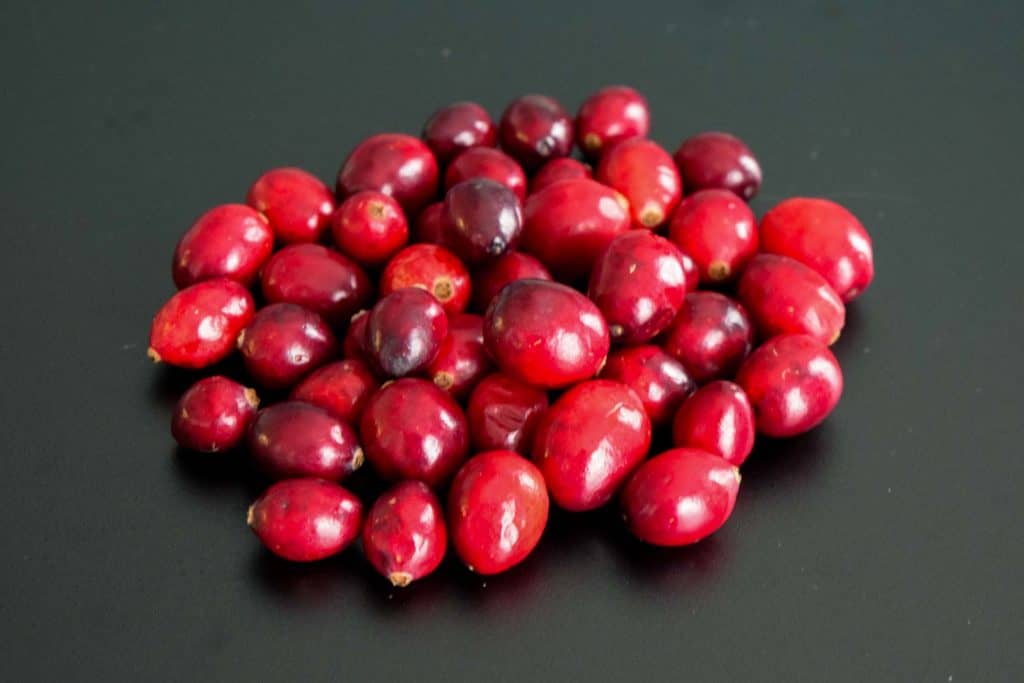
'Tis the season!! Of course cranberries are in season this month! It wouldn't be Christmas without cranberry mimosas and sauce/relish! I'm excited to try some new and unique cranberry recipe options from my fellow food bloggers, as well!
- How to choose them:
- Choose cranberries that are a dark red in color, shiny and plump.
- Avoid cranberries that are shriveled or brown.
- Cranberries should be firm to the touch and bounce when dropped.
- Avoid any bags of cranberries that have liquid collecting in the bottom.
- How to store them:
- Before storing, remove any cranberries that are starting to shrivel or become soft, to avoid affecting the rest of the batch.
- Cranberries can be stored in a sealed bag for up to 2 months in the refrigerator.
- Cooked cranberries will only last for about 1 month in the refrigerator, unless liquor is added to them in which case they can last up to a year.
- To freeze cranberries, wash and dry them and place them on a baking sheet in the freezer. After a few hours transfer to an air tight container and freeze for up to 1 year.
- How to prepare them:
Oranges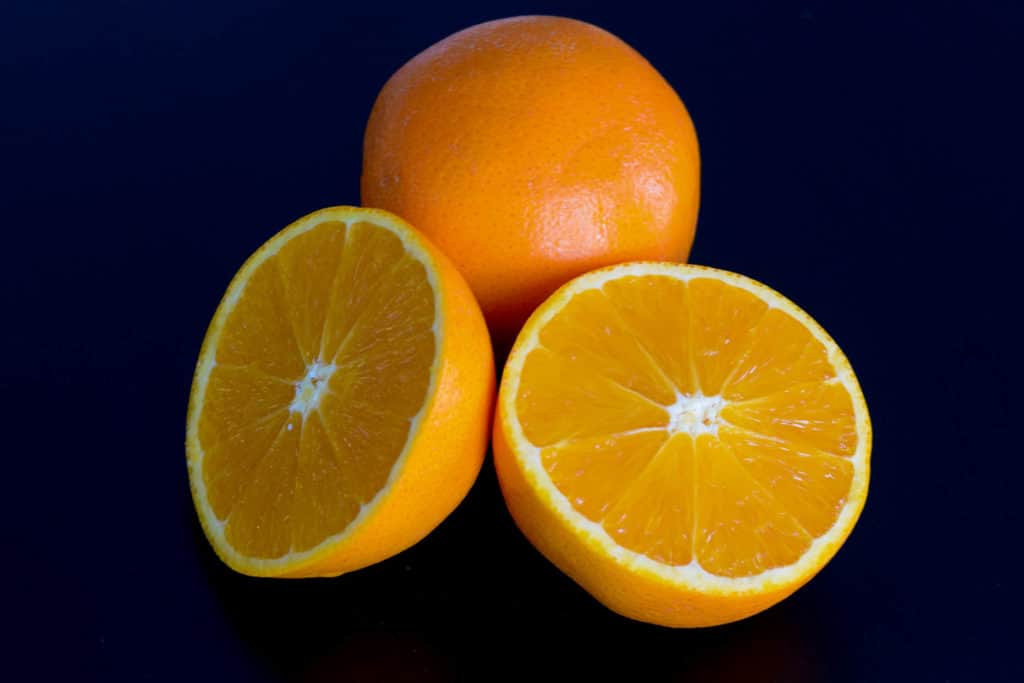
"Oranges are in season in December??" YUP. Floridian navel oranges are in the middle of their peak season right now, which runs from October-February. The timing is perfect due to the longstanding history of gifting an orange for Christmas! Here's a great article from The Kitchn if you want to know more about this tradition!
- How to choose them:
- The skin should be clear and free of blemishes. Choose oranges that have a smooth, evenly firm, finely textured peel rather than a thick, heavily dimpled peel. This will ensure you get more fruit and juice!
- Avoid oranges with soft, tender spots and wrinkled skin.
- Pick the heaviest oranges as they’ll have the most juice.
- Choose oranges with the strongest, sweetest smell.
- How to store them:
- Oranges can be stored either on the countertop in a fruit bowl or in the refrigerator. If you’re going to be eating them within a week, then the countertop is ideal because room temperature oranges will have a stronger flavor. However, if you’re wanting to store them for later, then store them loose in the crisper drawer for up to 2-3 weeks.
- Do not store sealed in a plastic bag or loose on refrigerator shelves, as both will promote ripening.
- How to prepare them:
Pomegranate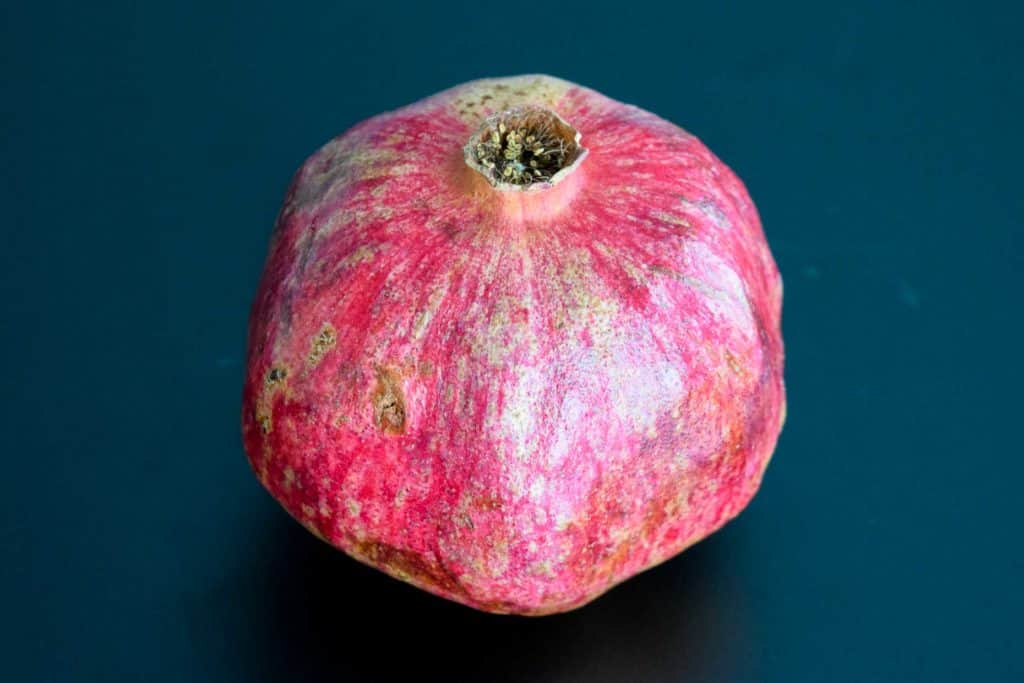
I've never actually bought a pomegranate before, as I usually will just buy a container of pomegranate juice if I need it for some fun martinis. However, I feel like pomegranates are another staple around Christmas time so I am excited to try a fresh one! If you're a newbie to pomegranates like me, just remember to wear an apron or old clothing when you cut it, as pomegranate juice will stain your clothes!
- How to choose them:
- Choose pomegranates that are a bright or dark red and glossy. Avoid any that are pink or salmon in color, as these will be underripe and tart.
- Choose pomegranates that are hard and heavy for their size.
- Avoid any with cuts and bruises or with bumpy or shrunken skin.
- A ripe pomegranate will look almost square shape rather than round due to the expansion of the juice filled seeds.
- How to store them:
- Whole pomegranates can be stored for a few weeks in a cool, dark place.
- Refrigerated pomegranates can last up to 2 months.
- The seeds can be refrigerated for 1 week or frozen in an air tight bag for 1 year.
- Juice should be refrigerated and used within 2-3 days or frozen for up to 1 year.
- How to prepare them:
Potatoes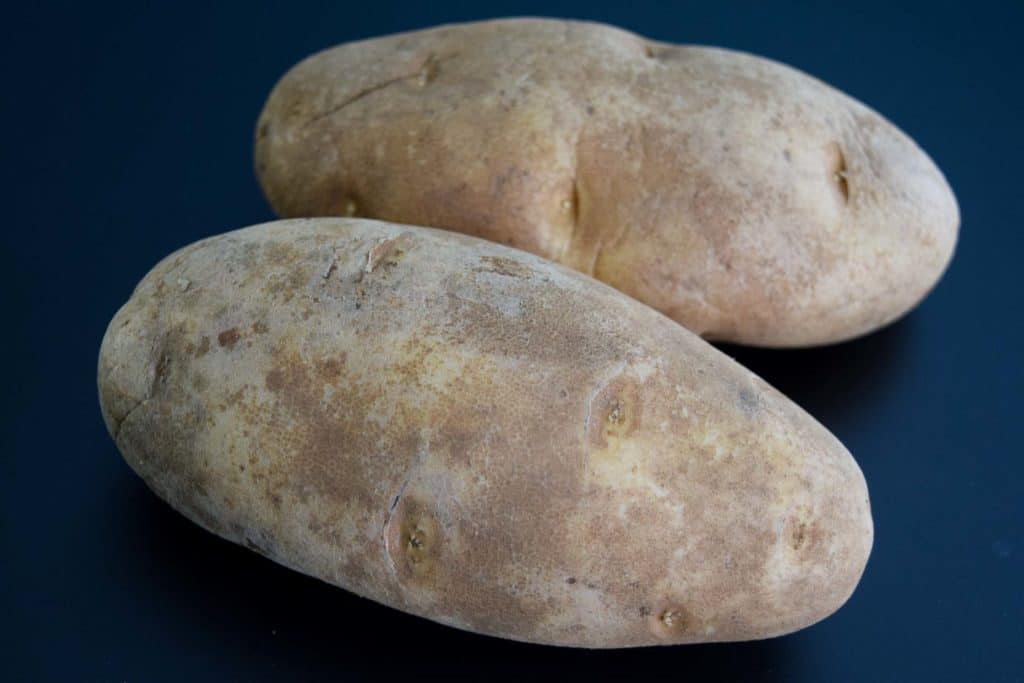
YASSSS. I love all things potato! I recently was involved in a debate about how potato wedges are the most inferior form of potato preparation (because they are) and mashed potatoes are the most superior (...because they are).
However, I just tried hasselback potatoes for the first time a few weeks ago, and I think they may give mashed potatoes a run for their money!
- How to choose them:
- Choose potatoes that are firm, clean, smooth and unblemished. Avoid potatoes with any cuts, cracks, dents or gouges where bacteria can get in or mold can grow.
- Avoid potatoes that are growing sprouts unless you plan to eat them within 1-2 days. (And be sure to dig out those eyes before you cook them! #savage)
- Avoid potatoes that have any dark or green spots, or any other signs of bruising.
- Know what potatoes you need for what you're trying to make:
- High starch potatoes are best for dry or oil-based cooking such as baking, roasting and frying. These potatoes will absorb a lot of moisture so they'll fall apart in soups, stews, or during boiling. However, they're good for mashing. High starch potatoes are:
- Idaho, russet, and sweet potatoes
- Medium starch potatoes are considered all-purpose potatoes because they can be used when you're not really sure what type of potato you need. They hold their shape better than the high starch potatoes but still absorb moisture more than the low starch potatoes. This makes them ideal for boiling, baking, frying, roasting, steaming, and using in stews and soups! When in doubt go medium! Medium starch potatoes are:
- Red potatoes, purple potatoes, and kennebec
- Low starch potatoes are waxy so they don't absorb moisture like the high starch potatoes do. This makes them ideal for boiling and steaming for soups, stews, potato salads, and casseroles since they'll hold their shape. Low starch potatoes are:
- Yukon gold, fingerling, and carola
- High starch potatoes are best for dry or oil-based cooking such as baking, roasting and frying. These potatoes will absorb a lot of moisture so they'll fall apart in soups, stews, or during boiling. However, they're good for mashing. High starch potatoes are:
- How to store them:
- Store in an open paper bag or a paper bag with holes in it.
- Do not store in a plastic bag as this will trap moisture and promote rotting.
- Store in a cool dark place such as your pantry, in a closet or in your basement. Do not refrigerate, as the cold will cause the starch to convert to sugar which will change the taste of the potato.
- Potatoes stored at room temperature will last about 1-2 weeks, potatoes stored at 45-50 degrees F will last for 2-3 months.
- How to prepare them:
Spaghetti Squash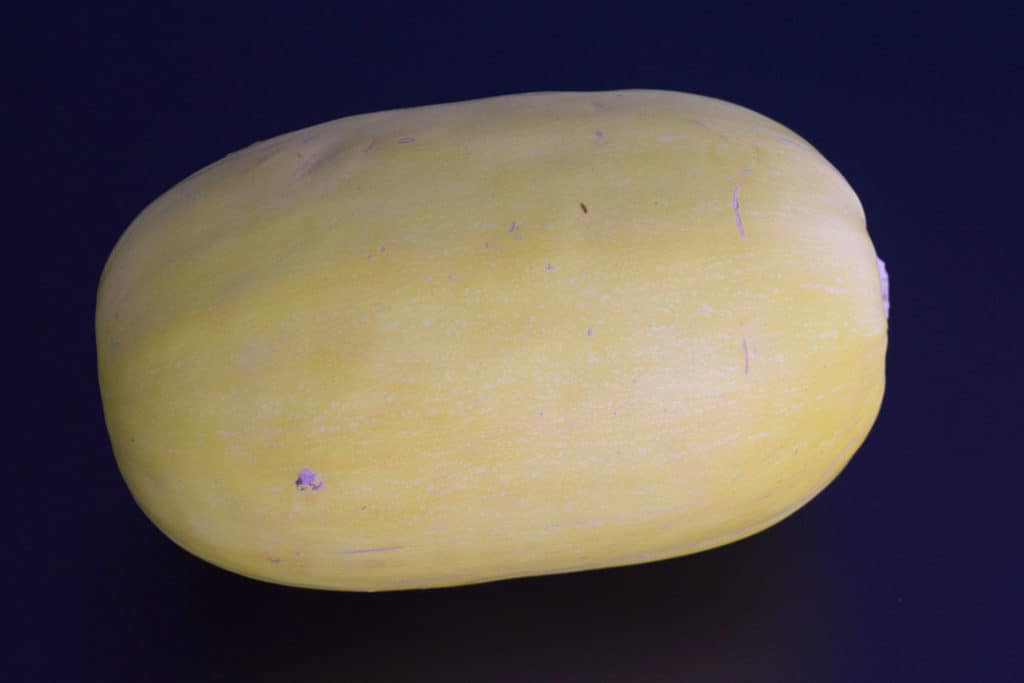
We've already covered acorn squash and butternut squash in past monthly guides, so this month it's time to move onto the spaghetti squash.
This might be my favorite form of squash (saved the best for last!) because of its ability to be used as a healthy alternative to pasta. I love this spaghetti squash florentine recipe for when I'm craving a starchy side but don't want to tack on the calories!
- How to choose them:
- Choose a spaghetti squash that is firm and heavy for its size. The color should be a creamy white or pale yellow.
- Avoid any squash that are missing a stem, and make sure the stem is dry. Attached stems help to keep bacteria out of the squash.
- Avoid any squash with cracks or soft spots.
- Avoid any squash that look shiny, as this is a sign that it is underripe.
- How to store them:
- Store in a cool, dark, dry location for up to 3 months. Ideally it should be around 55-60 degrees F.
- Do not refrigerate a whole squash, as this will make it spoil more quickly and will only last for about 1-2 weeks.
- Cut squash can be wrapped in plastic wrap and refrigerated and should be consumed within 1 week.
- How to prepare them:
That's it!! I hope you enjoyed this month's produce guide! Plan ahead by checking out next month's guide!

Saif says
I love when you provided the recipes of each vegetable. It looks perfect and well organize.
Thanks for sharing one of my recipes. I will be happy to share this post
Saif
cutsandcrumbles says
Thank you so much, Saif! Happy to have you participate! 🙂
James Pancurak says
thanks for the info i found it educational